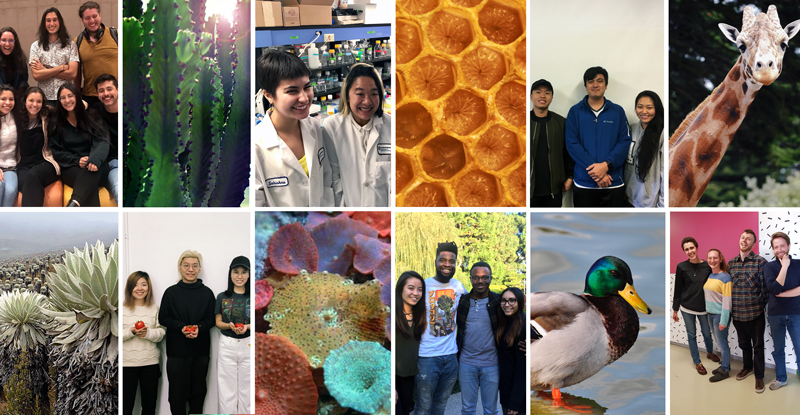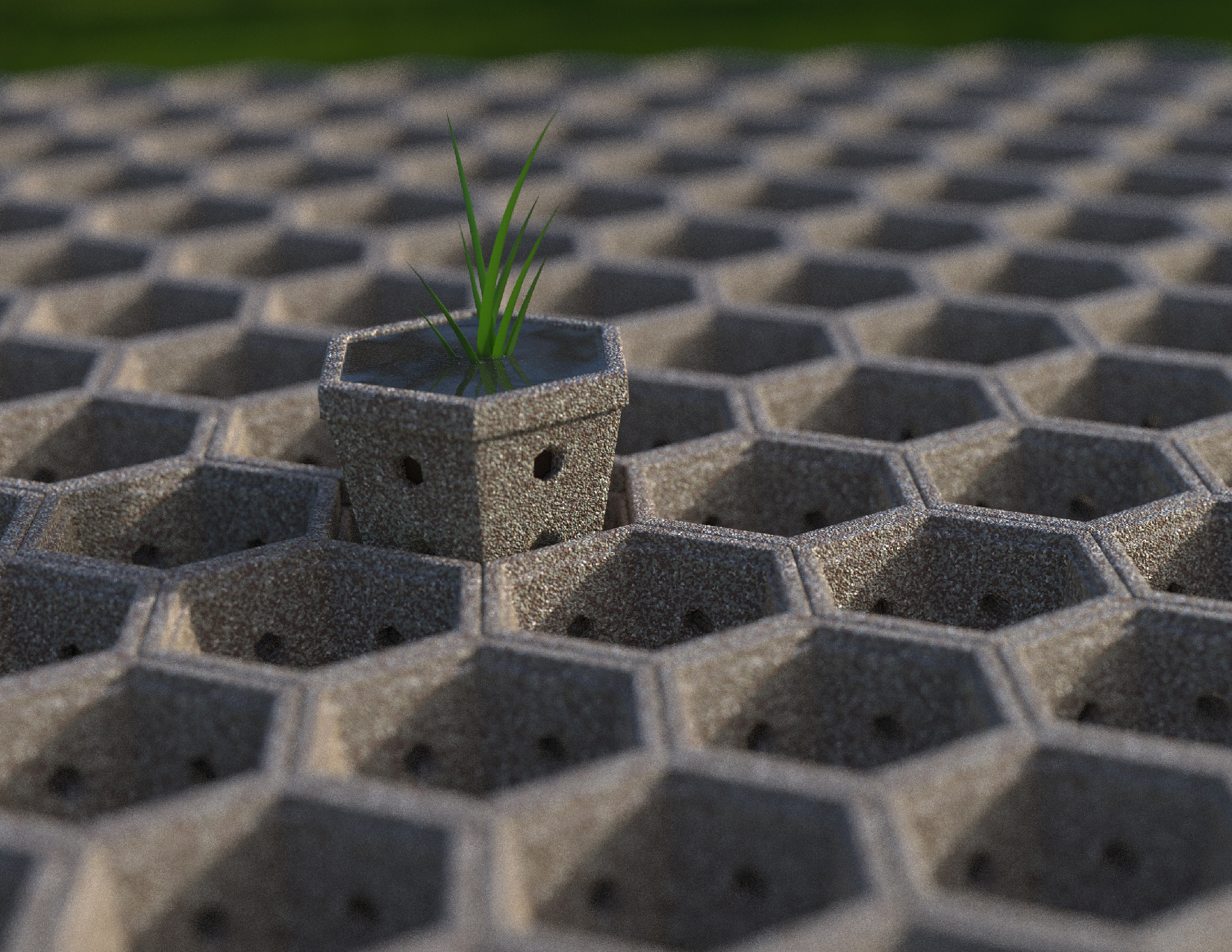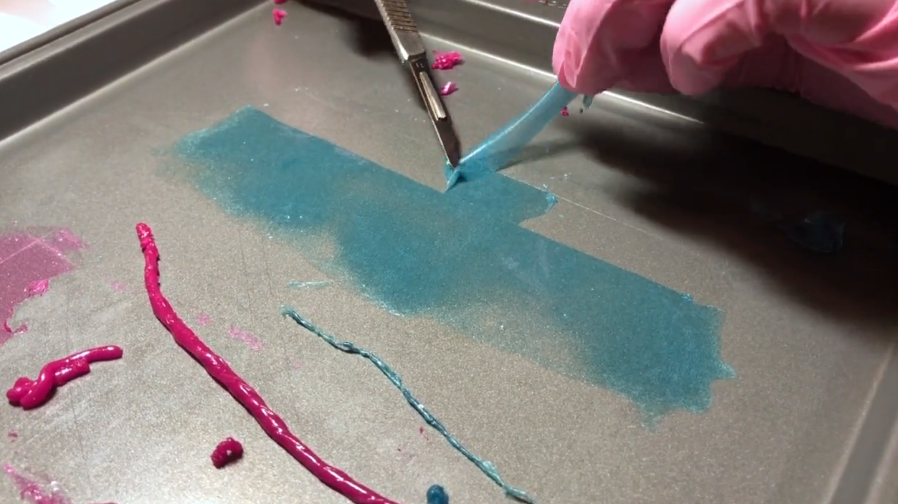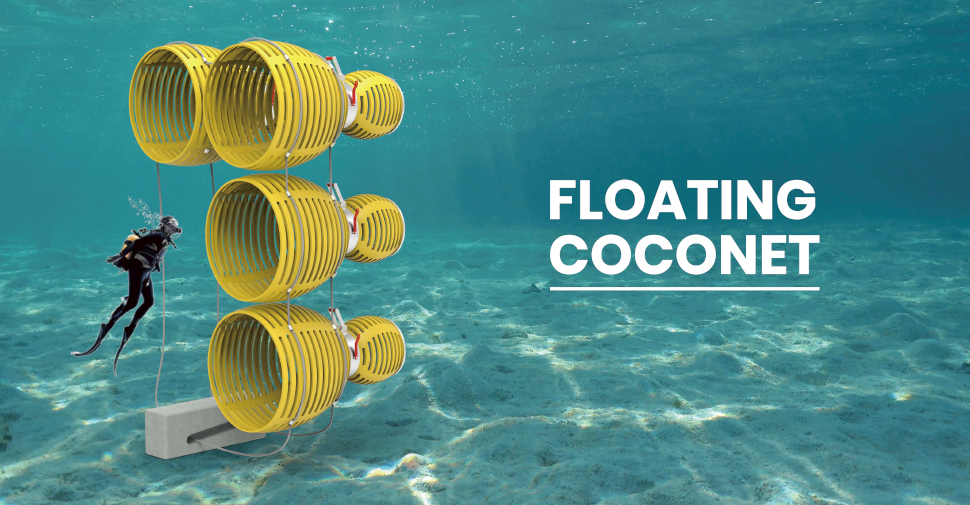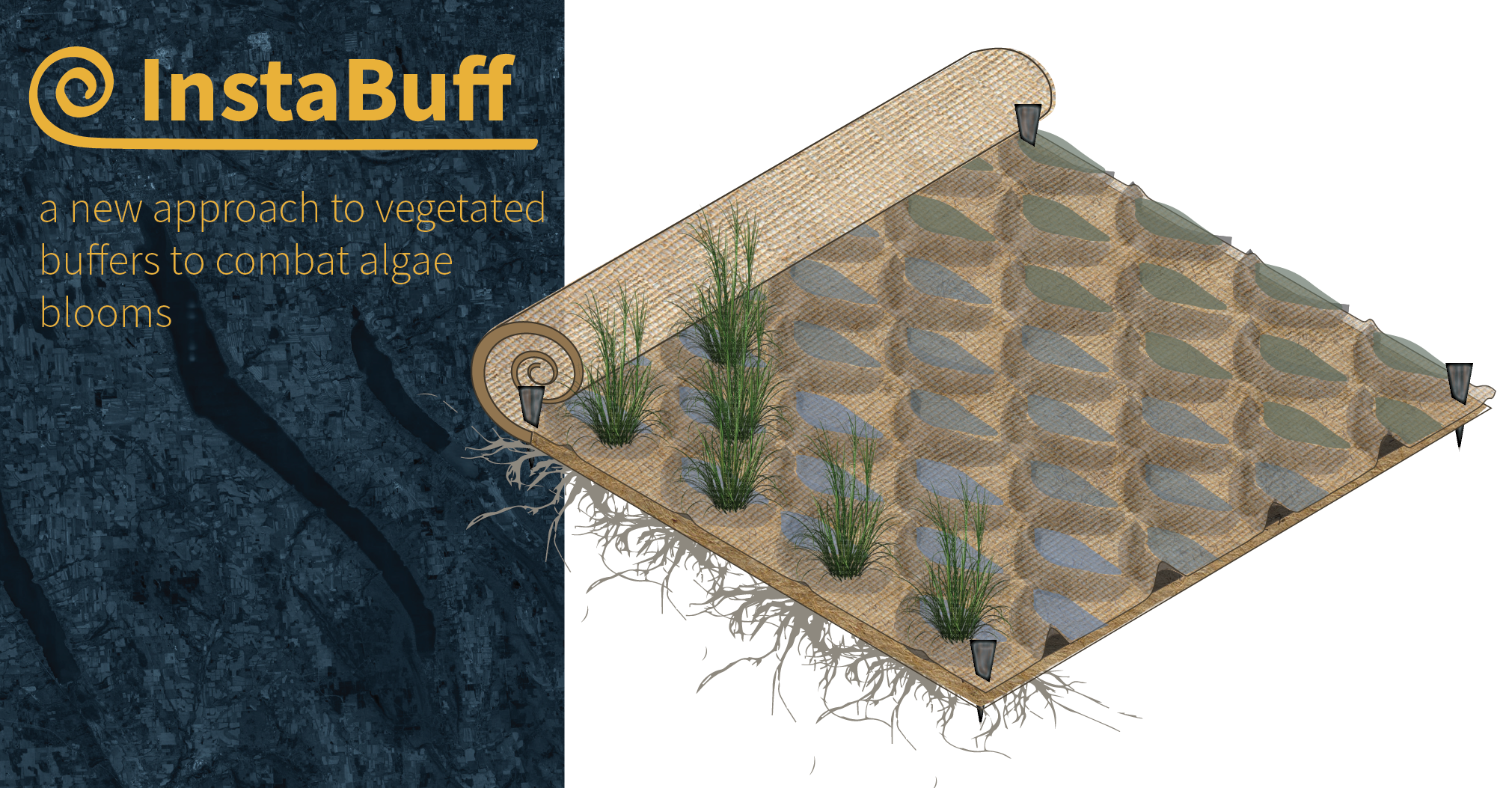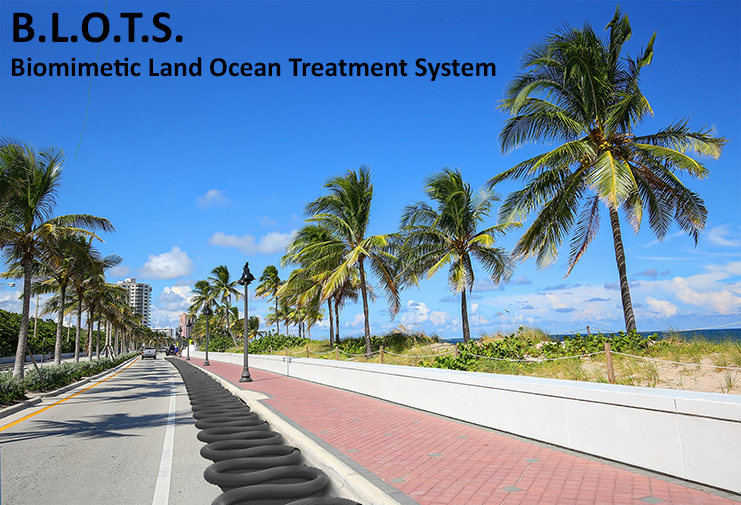Páramo is an alpine tundra ecosystem exclusively located in the Northern Andes of South America and the home to the bryophytes that a team from Bogota, Colombia were inspired by in developing their concept, Bryosoil. Bryosoil is a flood prevention system that took the first place prize for student teams in the 2019 Biomimicry Global Design Challenge. As the effects of climate change continue to be exacerbated and sea levels continue to rise, many communities worldwide are now dealing with worsening flood situations. Four of the finalist teams in this year’s Challenge address flooding, including team Limonene Pods. This team focused on the issue of debris flow that occurs during fire and flood cycles in their home state of California.
In addition to flooding, the finalist teams addressed plastic pollution in rivers that eventually finds its way into the oceans and the reduction of food waste in the majority world. Both plastic pollution in oceans and the reduction of food waste were two optional prompts that the Biomimicry Institute newly created this year to guide the process of selecting meaningful focus areas related to the overall Challenge theme of climate change.
Other teams entered the Challenge with preexisting focus areas, like team Werewool of New York. They aim to mitigate the environmental impact of textile production by cross-linking functional proteins that are sourced from nature (with no harm to the organism) and turn them into fibers using green chemistry suitable for textile applications.
The Biomimicry Global Design Challenge is an annual competition in its 5th year that invites innovators to learn how to use biomimicry—the process of looking to nature for design inspiration—to develop solutions to climate change. This year, nearly 100 teams from 17 countries entered the Challenge with hopes of becoming a finalist and being invited to join the 2019-2020 Biomimicry Launchpad, a program that supports prototyping, a path toward commercialization, and the potential to win the $100,000 Ray C. Anderson Foundation Ray of Hope Prize®.
Continue reading to learn about this year’s ten finalists, including the top three student teams and honorable mentions.
1st Place Student Winning Team
BryoSoil
Pontificia Universidad Javeriana, Bogota, Colombia
Bryosoil is a modular and multi-functional soil system that uses 3 geometric patterns found in bryophytes to help prevent floods and fight the heat island effect. It catches water from a flooding event and manages it, depending on the risk. It is composed of 3 layers that perform 5 functions: it slows down the flow, redirects it, infiltrates the water into natural soil, harvests stormwater, or evaporates it. These layers replace the existing paradigm of water management that is based on pipe systems.
2nd Place Student Winning Team
Rice Age
California State University Long Beach, Long Beach, California
Rice Age is aiming to solve the problems with plastic use, water loss, and methane emissions in the rice growing industry. By emulating the hexagonal shape of the honeycomb and the circulatory system of termite mounds in a closed-loop system, Rice Age is able to maximize land use, oxygenate the soil, and preserve water in rice production.
3rd Place Student Winning Team
Tomato’s Home
Pratt Institute, New York, NY
Tomato’s Home aims to address the issue of food waste in producing countries like Nigeria with their design that can prolong the freshness of tomatoes, one of the most common crops in Nigeria, by five to six days. Inspired by cacti, quiver trees, South-American grass cutting ants, desert snails, and the respiratory system of crickets, this team utilizes local materials in their design of an energy efficient and sustainable tomato storage system.
Other Finalists
Werewool
New York, NY
Performance textile production heavily relies on petrochemicals, livestock, and agriculture.- the largest industrial contributors to CO2 emissions globally and the most polluting industries in the world. Werewool has turned to nature to mitigate the textile industries’ impact, using a biomimetic approach to emulate the inherent performance properties that nature has evolved to have such as color, stretch, and waterproofing for performance textiles without the deleterious impact of traditional synthetic fibers.
Limonene Pods
California State University Long Beach, Long Beach, CA
Limonene Pods aim to reduce the debris flow that occurs during fire and flood cycles, which is where fires burn areas in the hot months and heavy rain causes flooding in the cooler months. With information from seeds, gannet birds, and dwarf frogs, Limonene Pods are designed to be deployed in the crucial period after a wildfire and before a rainstorm. The limonene within the pods breaks down the hydrophobic wax in the post fire soil, allowing the soil to absorb more water during rainfall and greatly lessen the severity of debris flow.
H2U – Hydration to You
California State University Long Beach, Long Beach, CA
H2U addresses the lack of clean water in the majority world with a design solution that collects water from fog. A fan connected to H2U will draw in and concentrate the fog, mimicking the motion created when ducks paddle their feet. The strings made from recycled bottles replicates spider webs and narrow leaves, which will help draw in fog and condense it into water droplets.
Floating Coconet
The Hague University of Applied Sciences, Hague, Netherlands
Floating Coconet aims to capture plastic pollution in rivers before it has the chance to enter the oceans. By mimicking the way organisms like manta rays and basking sharks filter food from water, the Floating Coconet is able to collect and direct free-flowing plastics, small and large in size, in rivers for safer capture.
An Ecosystem’s Approach for City Water Management
Utrecht University, Utrecht Netherlands
An Ecosystem’s Approach for City Water Management proposes an integrative, regenerative, multilayer platform that functions with superorganisms’ principles. On this social platform, consonance between the different environmental and human stakeholders is built. This integrated plan attempts to develop a mutual relationship between private companies and national-local governments, and individual cooperation to increase a system’s resilience by optimizing efficiency of funds and water resources while ensuring the protection of human rights.
InstaBuff
SUNY Environmental Science and Forestry, Syracuse, NY
Blue-green algae blooms have been occurring in reservoirs, lakes, and oceans at increasing rates around the world. These blooms deplete oxygen in water bodies and can release liver and neurotoxins, as well as negatively impact ecosystems, health, recreation opportunities, and drinking water supplies. InstaBuff is a layered mat that was inspired by several organisms that filters nutrients, holds water, collects sediment and promotes plant growth. It can be easily unrolled to protect bodies of water from phosphorous runoff.
Biomimetic Land Ocean Treatment System (B.L.O.T.S.)
USA, New Zealand, Germany
As sea levels rise, coastal regions and cities are experiencing more and more flooding. It is estimated that by 2100, sea levels could rise by a foot. B.L.O.T.S. looked to numerous organisms for water management inspiration to find an adaptable and resilient way to deal with infrastructure being inundated with water. The B.L.O.T.S. system absorbs, redirects, filters, and stores flood water. The system is adaptable to any situation, whether it be a flooded street, playground, or building, and can be utilized by anyone.
Honorable Mentions
Hydrohook: Catching Plastic Passively
Strobilus
Tidal Power Generation Using Piezoelectric Transducers
River Gilly
Oceanly
Have a bio-inspired idea you want to bring to life?
We encourage you to sign up to be alerted when our Global Design Challenge re-opens in January 2020. This generation of problem-solvers will be the key to keeping our planet healthy and thriving.

